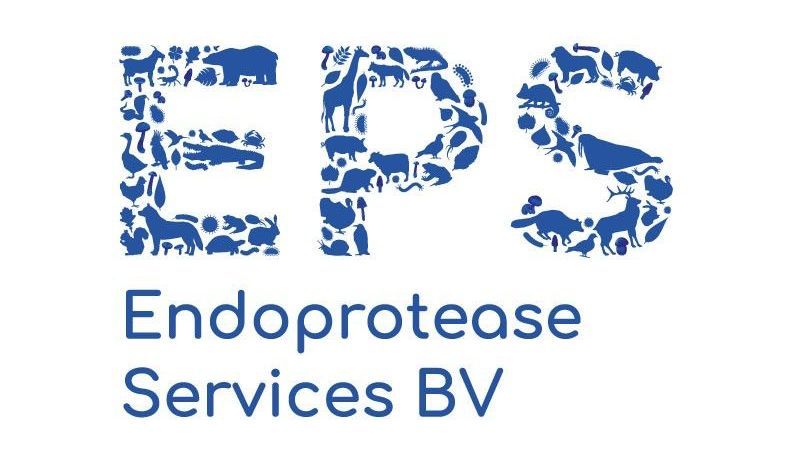
Slide title
Write your caption hereButton
Slide title
Write your caption hereButton
Slide title
Write your caption hereButton
Slide title
Write your caption hereButton

Slide title
Write your caption hereButton
Slide title
Write your caption hereButton
Slide title
Write your caption hereButton
Slide title
Write your caption hereButton

Slide title
Write your caption hereButton
Slide title
Write your caption hereButton
Slide title
Write your caption hereButton
Slide title
Write your caption hereButton
Professor David Craik
Group Leader, Protein structure in drug and insecticide design
Director, ARC Centre of Excellence for Innovations in Peptide and Protein Science
Director, Clive and Vera Ramaciotti Facility for Producing Pharmaceuticals in Plants
The University of Queensland
Australia
David Craik is a Professor of Chemistry at the Institute for Molecular Bioscience at The University of Queensland, Brisbane, Australia. He obtained his PhD in organic chemistry from La Trobe University, Australia and undertook postdoctoral studies at Florida State and Syracuse Universities before taking up a lectureship at the Victorian College of Pharmacy in 1983. He was appointed Professor of Medicinal Chemistry and Head of School in 1988. He moved to University of Queensland in 1995 to set up a new biomolecular NMR laboratory and is currently the Director of the Australian Research Council Centre of Excellence for Innovations in Peptide and Protein Science. His research focuses on applications of cyclic peptides and toxins in drug design. He is recipient of a number of prizes in the peptide field, including the du Vigneaud Award of the American Peptide Society and the Hirschmann Award of the American Chemical Society. He is a Fellow of the Royal Society and a Fellow of the Australian Academy of Science, is author of more than 800 papers and has trained 70 PhD students.
L01 - Greener production approaches for therapeutic peptides
David J Craik
Institute for Molecular Bioscience, The University of Queensland, Brisbane, QLD 4072, Australia
Naturally occurring peptides offer great potential as leads for drug design.1,2 Our work focuses on a class of cyclic peptides known as cyclotides,3 which are topologically unique in that they have a head-to-tail cyclised peptide backbone and a cystine knotted arrangement of disulfide bonds. This makes cyclotides exceptionally stable to heat or enzymatic treatments and, indeed, they are amongst nature’s most stable proteins. Their stability and compact structure favours them as attractive protein frameworks onto which bioactive peptide epitopes can be grafted to stabilise them. More than two dozen examples have now been reported where biologically active epitopes have been grafted onto cyclic peptide frameworks to produce lead molecules with potential in the treatment of cancer, cardiovascular disease, infectious disease, autoimmune disease (multiple sclerosis) and pain. Until now solid-phase peptide chemistry has been the primary method used to make cyclotides for laboratory evaluations. Scale-up for clinical evaluation of cyclotides and other therapeutic peptides will require more efficient and potentially more sustainable production routes. This presentation will describe the use of plants as bio-factories to produce therapeutic designer cyclotides.4
References:
1. Craik D J: Science, (2006) 311, 1561–1564.
2. Craik D J, Fairlie D P, Liras S, Price D: Chemical Biology & Drug Design (2013) 81, 136–147.
3. Craik D J (Editor): Advances in Botanical Research, Volume 76, Plant Cyclotides (2015) (Series Editors J P Jacquot and P Gadal) Elsevier, London UK (ISBN: 978-0-12-800030-4).
4. Jackson M A, Yap K, Poth A G, Gilding E K, Swedberg J E, Poon S, Qu H, Durek T, Harris K, Anderson M A, Craik D J: Frontiers in Plant Science (2019) 10, 602.
Acknowledgments: Work in our laboratory is supported by the Australian Research Council and the National Health & Medical Research Council
